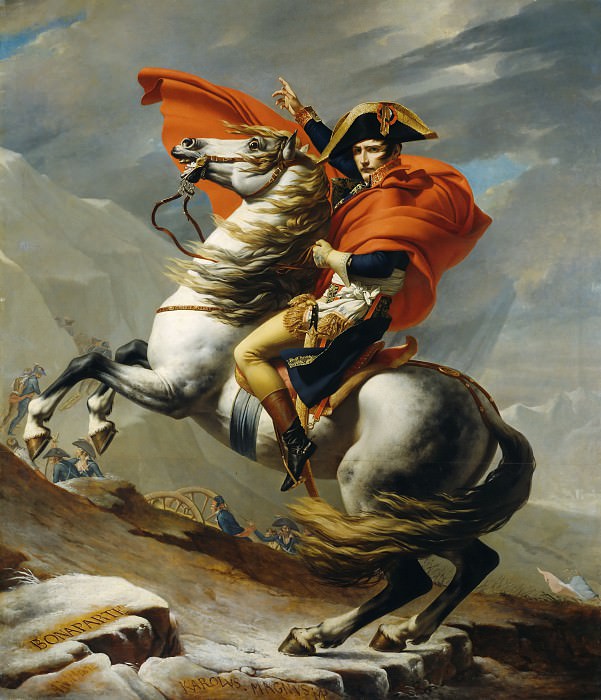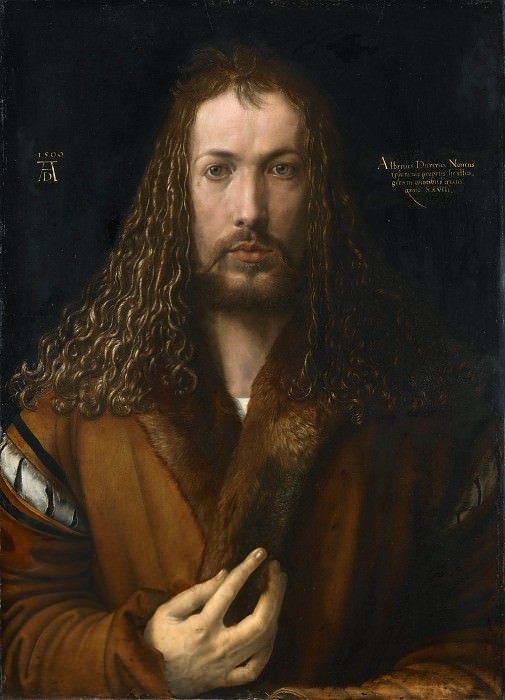Diane Arbus: A Deep Dive into Her Art
Diane Arbus, an influential American photographer, is celebrated for her distinctive approach to portraiture and her ability to capture the essence of the human condition. Her work, which emerged prominently in the 1960s, offers an unparalleled glimpse into the lives of individuals on the fringes of society. This exploration of her art delves into her unique style, thematic concerns, and lasting impact on the field of photography.
Early Life and Influences
Born Diane Nemerov in 1923 in New York City, Diane Arbus grew up in a privileged Jewish family. Her early life was marked by a sense of isolation and detachment, which would later become pivotal in her photographic work. Arbus began her artistic journey working alongside her husband, Allan Arbus, as a commercial photographer. This initial foray into photography provided her with technical skills and a foundation in capturing images, but it was her transition to art photography that defined her career.
Arbus’s influences were diverse, ranging from the work of other photographers to the cultural shifts of the 1960s. She was particularly inspired by the gritty realism of street photography and the psychological depth found in the portraits of earlier photographers like Weegee and Edward Weston. However, Arbus's work diverged from these influences through its intense focus on individuals who were often marginalized or considered "other."
Artistic Vision and Style
Diane Arbus's photographic style is marked by its stark realism and unflinching honesty. Her portraits are known for their directness, often capturing her subjects in a manner that feels both intimate and confrontational. Arbus used a square format, typically employing a medium-format camera that allowed her to capture her subjects in detailed and high contrast. This choice of format and technique was integral to her artistic vision, creating images that are both visually striking and deeply emotional.
Her compositions often feature subjects in full frame, eliminating any background distractions and forcing viewers to confront the subjects directly. This approach creates a powerful immediacy in her work, emphasizing the individuality of each subject and inviting viewers to engage with them on a personal level. Arbus's use of natural light and her preference for photographing her subjects in their own environments further enhanced the authenticity of her portraits.
Themes and Subjects
One of the most compelling aspects of Diane Arbus’s work is her exploration of themes related to identity, abnormality, and the human condition. Her subjects ranged from circus performers and transvestites to the elderly and those with physical or mental disabilities. Arbus was drawn to individuals who existed on the margins of society, often presenting them in a manner that challenged conventional norms and expectations.
Arbus’s portraits of individuals with unconventional appearances or lifestyles often elicit a sense of both fascination and discomfort. She portrayed her subjects with a level of empathy and respect that was rare at the time, focusing on their personal stories and struggles. This empathetic approach is evident in works such as her iconic portraits of twins and individuals with unique physical traits, which transcend mere documentation and delve into deeper questions about identity and human experience.
The Influence of Society and Culture
Arbus's work cannot be separated from the cultural and societal context in which it was produced. The 1960s were a period of significant social upheaval, with changing attitudes towards race, gender, and sexuality. Arbus’s photography often intersected with these shifts, capturing the complexities of a society in transition.
Her images reflect the era's growing fascination with the notion of the “outsider” and the breakdown of traditional social hierarchies. Arbus’s choice to focus on marginalized individuals can be seen as both a reflection of and a response to the broader cultural climate. Through her portraits, she challenged viewers to reconsider their perceptions of normalcy and to acknowledge the rich diversity of human experiences.
Impact and Legacy
Diane Arbus's impact on the field of photography is profound and enduring. Her work has influenced countless photographers and continues to be a subject of study and admiration. Arbus's approach to portraiture has paved the way for a more inclusive and empathetic exploration of the human condition, inspiring subsequent generations of artists to engage with their subjects in new and meaningful ways.
Her legacy is also marked by the way she transformed the conventions of portrait photography. By focusing on subjects who were often overlooked or marginalized, Arbus expanded the boundaries of what could be considered worthy of artistic representation. Her work invites viewers to confront their own preconceptions and to engage with the complexities of human identity in a more nuanced manner.
Critical Reception
Diane Arbus's work received a mixture of acclaim and controversy during her lifetime. While many praised her for her bold approach and the emotional depth of her portraits, others criticized her for what they perceived as exploitation or sensationalism. Despite these debates, Arbus’s contributions to photography have been widely recognized and celebrated, particularly posthumously.
Major exhibitions and retrospectives of her work, such as those organized by the Museum of Modern Art and the Metropolitan Museum of Art, have solidified her place in the canon of great photographers. Her influence extends beyond the art world, affecting broader cultural and social discourses about representation and identity.
Conclusion
Diane Arbus’s art is a testament to the power of photography as a means of exploring and representing the human experience. Her portraits, marked by their raw honesty and emotional depth, offer a unique and compelling view into the lives of individuals often left at the margins of society. Arbus's legacy endures through her ability to challenge viewers to confront their own assumptions and to engage with the rich complexity of human identity. As an artist, Arbus remains a vital and transformative figure, her work continuing to resonate and inspire long after her untimely death.
Diane Arbus, an influential American photographer, is celebrated for her distinctive approach to portraiture and her ability to capture the essence of the human condition. Her work, which emerged prominently in the 1960s, offers an unparalleled glimpse into the lives of individuals on the fringes of society. This exploration of her art delves into her unique style, thematic concerns, and lasting impact on the field of photography.
Early Life and Influences
Born Diane Nemerov in 1923 in New York City, Diane Arbus grew up in a privileged Jewish family. Her early life was marked by a sense of isolation and detachment, which would later become pivotal in her photographic work. Arbus began her artistic journey working alongside her husband, Allan Arbus, as a commercial photographer. This initial foray into photography provided her with technical skills and a foundation in capturing images, but it was her transition to art photography that defined her career.
Arbus’s influences were diverse, ranging from the work of other photographers to the cultural shifts of the 1960s. She was particularly inspired by the gritty realism of street photography and the psychological depth found in the portraits of earlier photographers like Weegee and Edward Weston. However, Arbus's work diverged from these influences through its intense focus on individuals who were often marginalized or considered "other."
Artistic Vision and Style
Diane Arbus's photographic style is marked by its stark realism and unflinching honesty. Her portraits are known for their directness, often capturing her subjects in a manner that feels both intimate and confrontational. Arbus used a square format, typically employing a medium-format camera that allowed her to capture her subjects in detailed and high contrast. This choice of format and technique was integral to her artistic vision, creating images that are both visually striking and deeply emotional.
Her compositions often feature subjects in full frame, eliminating any background distractions and forcing viewers to confront the subjects directly. This approach creates a powerful immediacy in her work, emphasizing the individuality of each subject and inviting viewers to engage with them on a personal level. Arbus's use of natural light and her preference for photographing her subjects in their own environments further enhanced the authenticity of her portraits.
Themes and Subjects
One of the most compelling aspects of Diane Arbus’s work is her exploration of themes related to identity, abnormality, and the human condition. Her subjects ranged from circus performers and transvestites to the elderly and those with physical or mental disabilities. Arbus was drawn to individuals who existed on the margins of society, often presenting them in a manner that challenged conventional norms and expectations.
Arbus’s portraits of individuals with unconventional appearances or lifestyles often elicit a sense of both fascination and discomfort. She portrayed her subjects with a level of empathy and respect that was rare at the time, focusing on their personal stories and struggles. This empathetic approach is evident in works such as her iconic portraits of twins and individuals with unique physical traits, which transcend mere documentation and delve into deeper questions about identity and human experience.
The Influence of Society and Culture
Arbus's work cannot be separated from the cultural and societal context in which it was produced. The 1960s were a period of significant social upheaval, with changing attitudes towards race, gender, and sexuality. Arbus’s photography often intersected with these shifts, capturing the complexities of a society in transition.
Her images reflect the era's growing fascination with the notion of the “outsider” and the breakdown of traditional social hierarchies. Arbus’s choice to focus on marginalized individuals can be seen as both a reflection of and a response to the broader cultural climate. Through her portraits, she challenged viewers to reconsider their perceptions of normalcy and to acknowledge the rich diversity of human experiences.
Impact and Legacy
Diane Arbus's impact on the field of photography is profound and enduring. Her work has influenced countless photographers and continues to be a subject of study and admiration. Arbus's approach to portraiture has paved the way for a more inclusive and empathetic exploration of the human condition, inspiring subsequent generations of artists to engage with their subjects in new and meaningful ways.
Her legacy is also marked by the way she transformed the conventions of portrait photography. By focusing on subjects who were often overlooked or marginalized, Arbus expanded the boundaries of what could be considered worthy of artistic representation. Her work invites viewers to confront their own preconceptions and to engage with the complexities of human identity in a more nuanced manner.
Critical Reception
Diane Arbus's work received a mixture of acclaim and controversy during her lifetime. While many praised her for her bold approach and the emotional depth of her portraits, others criticized her for what they perceived as exploitation or sensationalism. Despite these debates, Arbus’s contributions to photography have been widely recognized and celebrated, particularly posthumously.
Major exhibitions and retrospectives of her work, such as those organized by the Museum of Modern Art and the Metropolitan Museum of Art, have solidified her place in the canon of great photographers. Her influence extends beyond the art world, affecting broader cultural and social discourses about representation and identity.
Conclusion
Diane Arbus’s art is a testament to the power of photography as a means of exploring and representing the human experience. Her portraits, marked by their raw honesty and emotional depth, offer a unique and compelling view into the lives of individuals often left at the margins of society. Arbus's legacy endures through her ability to challenge viewers to confront their own assumptions and to engage with the rich complexity of human identity. As an artist, Arbus remains a vital and transformative figure, her work continuing to resonate and inspire long after her untimely death.
















